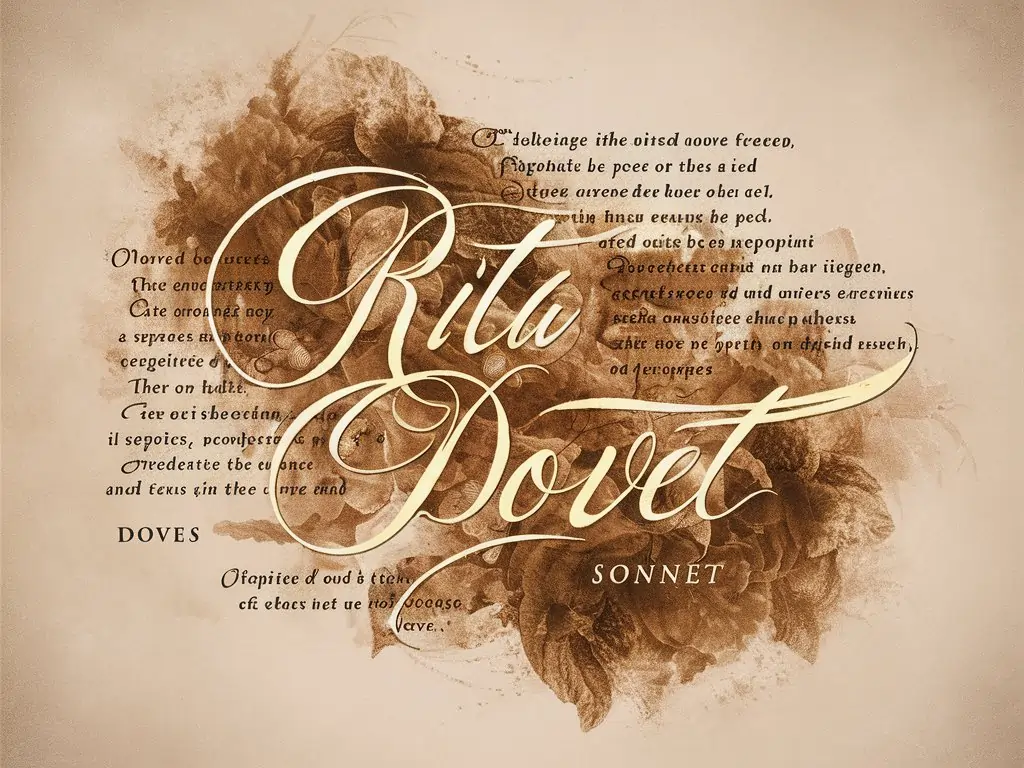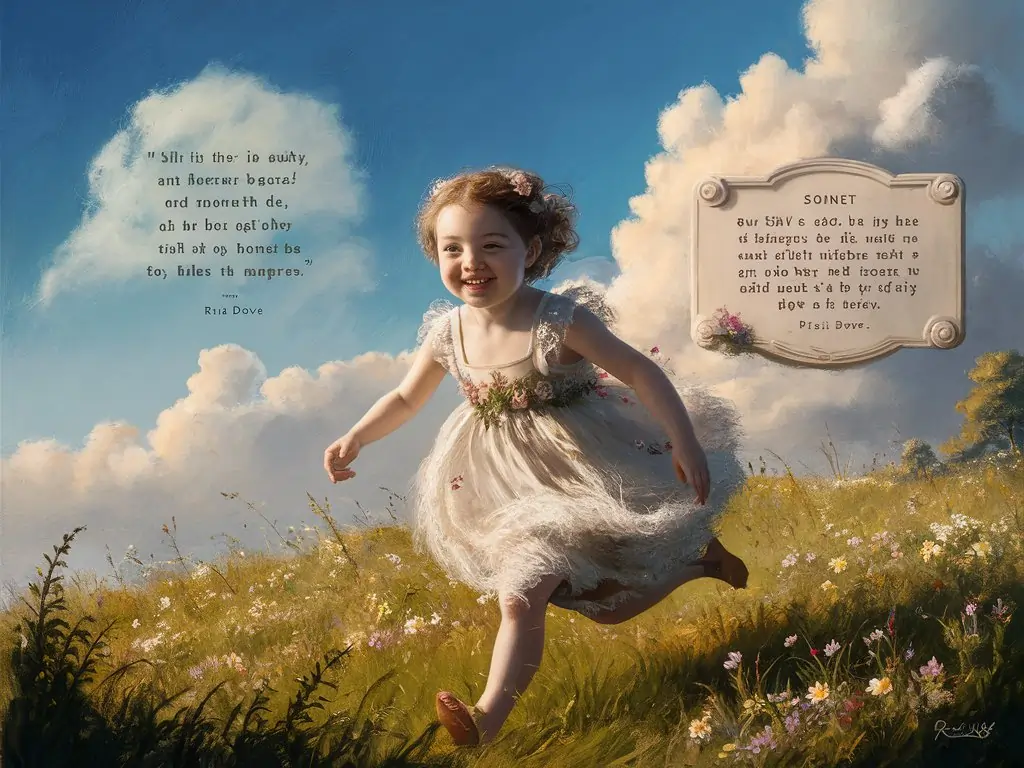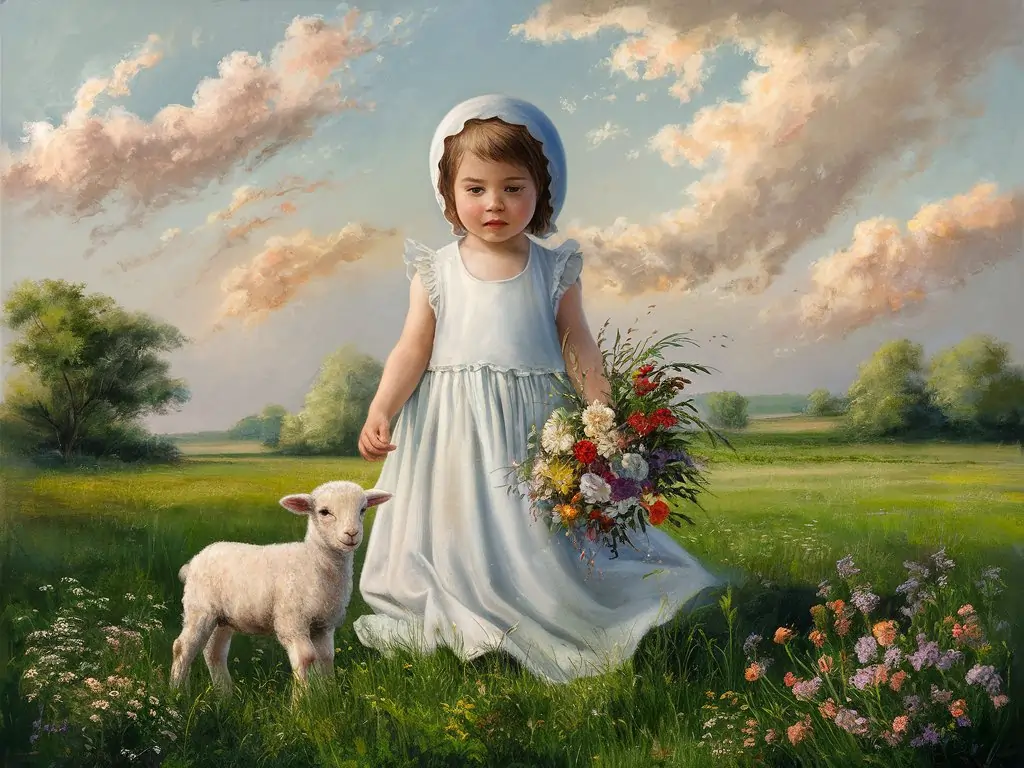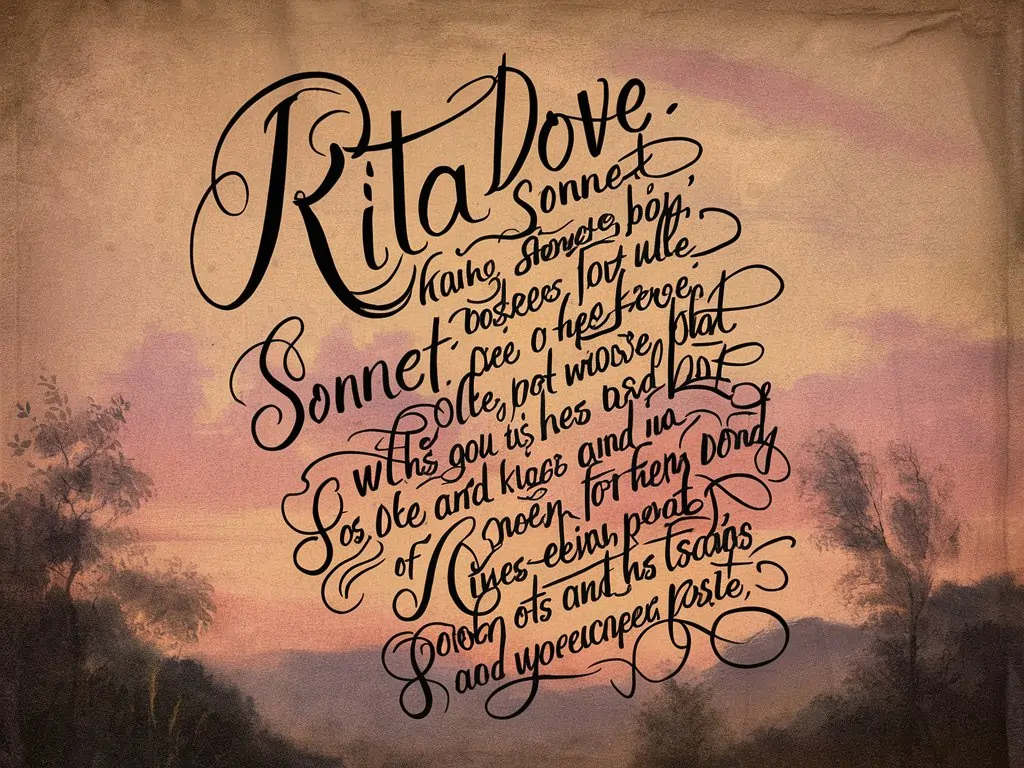Introduction
Rita Dove’s poem “Sonnet in Primary Colors” is rich with literary and artistic references that provide deeper layers of meaning and connection to broader cultural and historical contexts. One of the key elements that enriches this poem is the use of allusion. Allusions are references to other works of literature, historical events, or cultural artifacts that add depth and resonance to the text. In this analysis, we will identify a specific quotation from the poem that includes an allusion and explore its significance within the context of Dove’s work.
Understanding Allusion in Literature
An allusion is a brief and indirect reference to a person, place, thing, or idea of historical, cultural, or literary significance. It relies on the reader’s familiarity with the referenced subject to fully appreciate the meaning and implications of the reference. Allusions can serve various purposes, such as enhancing thematic elements, adding layers of meaning, or drawing connections between the poem and other works or historical events.
Quotation from “Sonnet in Primary Colors” with an Allusion
In “Sonnet in Primary Colors,” Dove employs allusions to enrich her depiction of the artistic and emotional landscape. One notable example is found in the line:
“In the vibrant vernacular of the city, / a bright mural emerges from the grey.
This quotation includes an allusion to the concept of vibrant urban art, which can be linked to the tradition of mural painting as a form of social and political expression. The reference to a “bright mural” alludes to the historical use of murals in urban settings to convey messages of cultural identity, resistance, and community pride.
Significance of the Allusion
1. Cultural and Artistic Context
The allusion to mural art highlights the poem’s exploration of color, identity, and expression. Murals have long been a medium for artists to communicate with the public, often addressing social issues and reflecting community values. By referencing this tradition, Dove connects the personal and the communal, suggesting that the vibrancy and richness of individual experiences can also reflect broader cultural narratives.
2. Symbolism of Color
In the context of the poem, the “bright mural” symbolizes the use of color as a tool for transformation and expression. The juxtaposition of vibrant colors against a grey backdrop underscores the theme of artistic intervention in everyday life, and the transformative power of art to bring color and meaning to otherwise mundane or oppressive environments.
3. Historical and Social Resonance
Murals have historical significance as they often represent collective memory and societal commentary. For instance, the Chicano mural movement of the 1970s in the United States used murals to assert cultural identity and political resistance. By alluding to such a tradition, Dove taps into a rich cultural history, suggesting that art and color are vital to social and personal liberation.
Considering Other Parts of the Poem
We should look at other parts of the poem to better understand the allusion.
The “circular window” might symbolize eternity or the cycle of life and death.
Also, the title “Primary Colors” suggests basic life elements, including love.

Possible Interpretations
By looking at these elements, we can think about the allusion in different ways:
Love’s Fragility: The skull shows that love does not last forever, reminding us that even strong feelings can fade.
Complexity of Love: The allusion might suggest that love has dark and beautiful sides.
Cultural Significance: The reference to Mexican art adds cultural meaning, suggesting a deeper understanding of love and mortality.
The Allusion’s Impact on the Poem
This allusion makes the poem more than just a description of home life. It makes readers think about love, its temporary nature, and its dark side.
The poem becomes a reflection on deep emotions in human life.

“Sonnet in Primary Colors”
The title “Sonnet in Primary Colors” is important and gives us clues about the poem’s themes. Primary colors—red, blue, and yellow—are the basic colors that create all other colors.
They symbolize the basic parts of life. The title suggests that the poem will talk about important human experiences and emotions, like love, life, and death.
The Domestic Scene: Setting and Symbolism
The poem starts with a clear picture of a home, full of details and symbols. The setting, a house with different objects, shows everyday life.
Each object has its own meaning, adding to the poem’s mood. This scene prepares us for deeper thoughts about life’s essential parts.

Symbolism of the “Circular Window”
The “circular window” in the poem is a strong symbol. Circles often mean eternity, completeness, and the cycle of life and death.
This image supports the idea of life’s ongoing cycle, suggesting that the experiences and emotions in the poem are part of a larger, continuous process.
The Role of Art in the Poem
Art is very important in “Sonnet in Primary Colors.” The poem mentions artistic elements, like the skull and the circular window, which can be seen as paintings in the poem.
This focus on art shows that life can be seen as a work of art, with each moment and feeling adding to a bigger picture.

Wanna read this poem? Read the poem “Sonnet in Primary Colors” by Rita Dove
Love and Mortality
Although the poem describes a home scene, themes of love and death are always there. The poem’s images and symbols suggest that love, while beautiful and deep, is also temporary and linked with death.
This combination makes the poem more meaningful, making readers think about the shortness of life and love.

Cultural References and Their Significance
The poem is full of cultural references, especially to Mexican art and traditions. These references add extra meaning, connecting the poem to bigger cultural themes.
For example, the skull image reminds us of the Day of the Dead, a celebration of life and death in Mexican culture. This link deepens the poem’s look at love and death.
Conclusion
Rita Dove’s “Sonnet in Primary Colors” employs allusion to deepen the thematic impact of her work. The reference to vibrant murals against a grey backdrop serves as a powerful metaphor for the role of art in transforming and enriching human experience. By incorporating this allusion, Dove not only pays homage to the tradition of mural painting but also enhances her exploration of color and identity in the poem. Through such references, Dove invites readers to engage with the broader cultural and historical contexts that inform her poetic vision, adding layers of meaning to her exploration of art and human expression.
